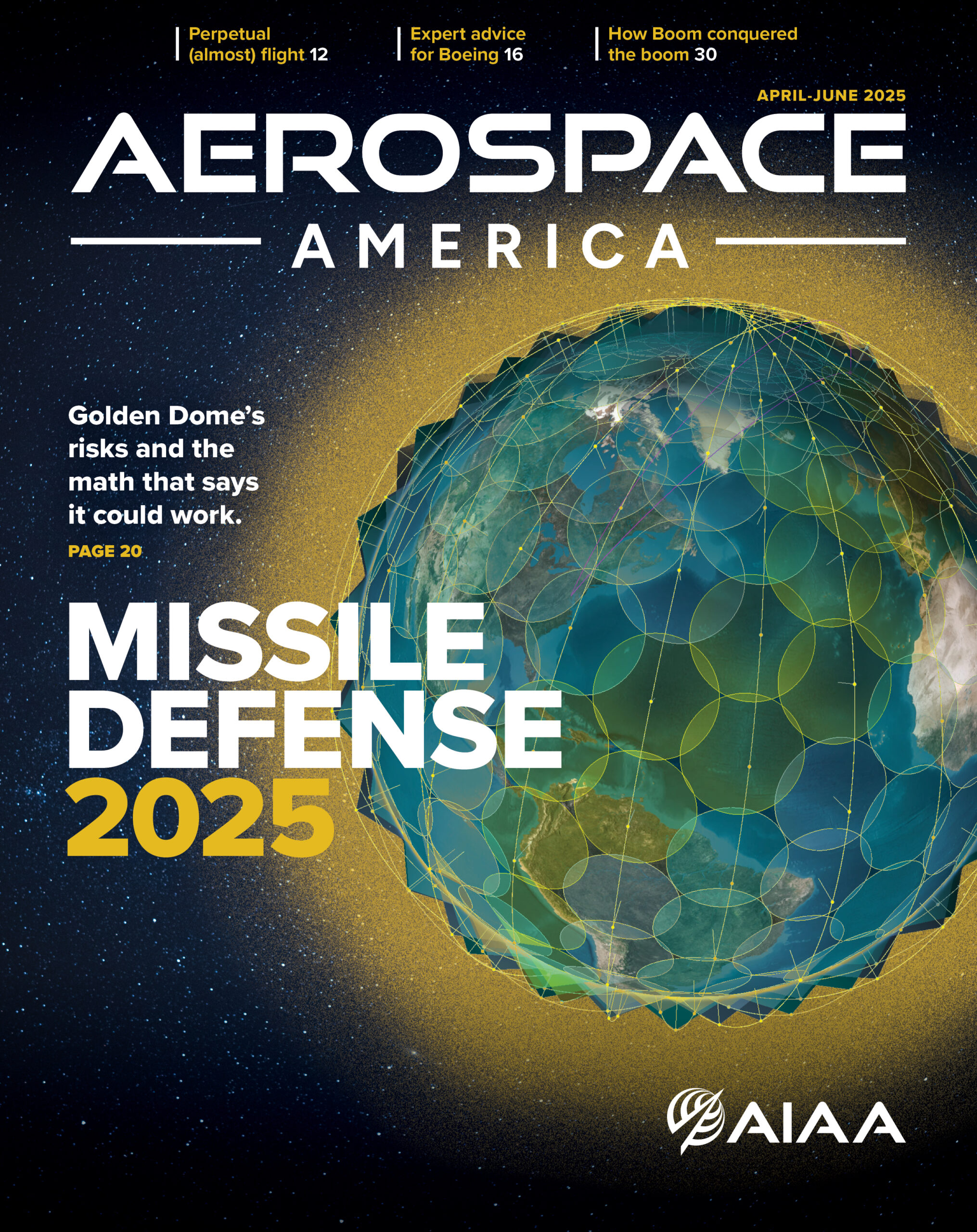Stay Up to Date
Submit your email address to receive the latest industry and Aerospace America news.
But it stops short of calling it a pledge
AIAA SCITECH FORUM, ORLANDO, Fla. — NASA today elaborated on its newly embraced determination to keep Americans in low-Earth orbit continuously beyond 2030, when the final crew members are scheduled to come home from the International Space Station before it’s deorbited in early 2031.
Last year, when NASA invited the industry and public to comment on its draft long-term strategy for research in LEO, the agency received a very specific complaint: The document did not explicitly call for maintaining continuous American presence in orbit, whether aboard the coming crop of privately operated space stations or by extending ISS operations until they are ready.
“It seemed like everyone picked up on that. It’s not lost on us,” said NASA Associate Administrator Jim Free, the agency’s highest-ranking civil servant and third in command, in a speech here.
The feedback was further stirred in October, Free said, when NASA Deputy Administrator Pam Melroy asked attendees at the International Astronautical Congress in Milan to define continuous human presence. Is it a “continuous heartbeat” or is it the “continuous capability” to send humans to LEO?
NASA’s allies wanted “continuous heartbeat,” and they got it. The agency’s “Low Earth Orbit Microgravity Strategy,” first described in December and unveiled today by Free, states on page 12 that “continuous heartbeat” is “NASA’s requirement for ongoing operations in the era of commercial low Earth orbit destinations.”
NASA plans to continue funding development of the coming private stations under a second round of Commercial LEO Development Program awards, this one in 2026. The draft request for proposals would be released in June and the final RFP by the end of the year. The agency anticipates leasing time and space aboard the new stations for its astronauts under anchor tenant arrangements.
“We’ve always known we wanted continuous heartbeat,” Free said. “It affects our national posture.”
He went on: “Truthfully, if we don’t have continuous heartbeat, we risk not being the partner of choice for our international partners. We risk ceding low-Earth orbit to others.”
Could NASA’s commitment set the stage for permanent subsidies to these private station operators? “Our plan is to buy part of the available service that industry has identified,” Free told me in a post-speech interview. “So ‘subsidize’ is hopefully not where we get to. Hopefully we’re a marginal buyer — maybe an initial strong tenant, but a marginal buyer in the long term,” he said.
If none of the commercial stations are ready by 2030, could ISS have another reprieve? Free said NASA would deal with that “when the time comes.”
On the status of the stations, “Some of [the developers] have said, ‘Hey, we’re going to be flying in ’26.’” But Free cautioned that these would be “smaller, shorter missions, less capable.” Prospects look better a few years after that: “They all seem to be confident to be ready to fly by ’29. We do need some kind of overlap. It’s clear we can’t just drop station and then go right to these new providers.”
When I asked about NASA’s human presence “pledge,” Free sought to qualify that term: “You’ve used the word ‘pledge.’ Our goal is to have continuous heartbeat. We need things to come together to make that happen. Before, we didn’t even have that goal. It was mixed messaging.”
The incoming administration has not described its plans for ISS and the commercial stations. However, the transition team has been briefed on the LEO Microgravity Strategy by Robyn Gatens, the director of the International Space Station program, Free said.
Jared Isaacman, a veteran of two SpaceX Crew Dragon flights and President-elect Donald Trump’s pick for NASA administrator, has not been briefed. “We’ve reached out, congratulated him, but there hasn’t been any interaction,” Free said.
Free said he plans to stay on for the new administration. “But you know, I work for the administrator, so whatever Mr. Isaacman decides, I’ll comply with.”
About Ben Iannotta
As editor-in-chief from 2013 to March 2025, Ben kept the magazine and its news coverage on the cutting edge of journalism. He began working for the magazine in the 1990s as a freelance contributor. He was editor of C4ISR Journal and has written for Air & Space Smithsonian, New Scientist, Popular Mechanics, Reuters and Space News.
Related Posts
Stay Up to Date
Submit your email address to receive the latest industry and Aerospace America news.




